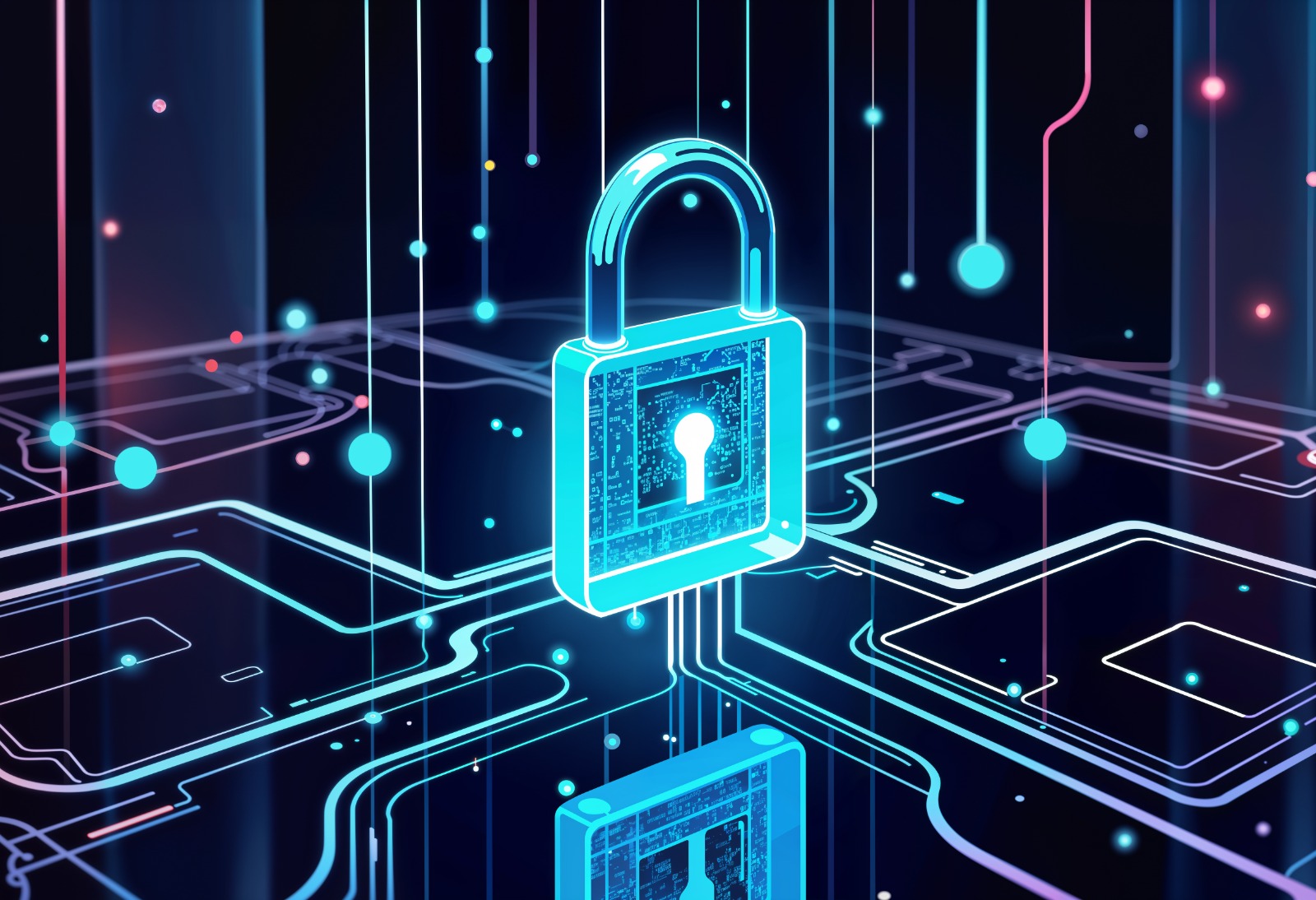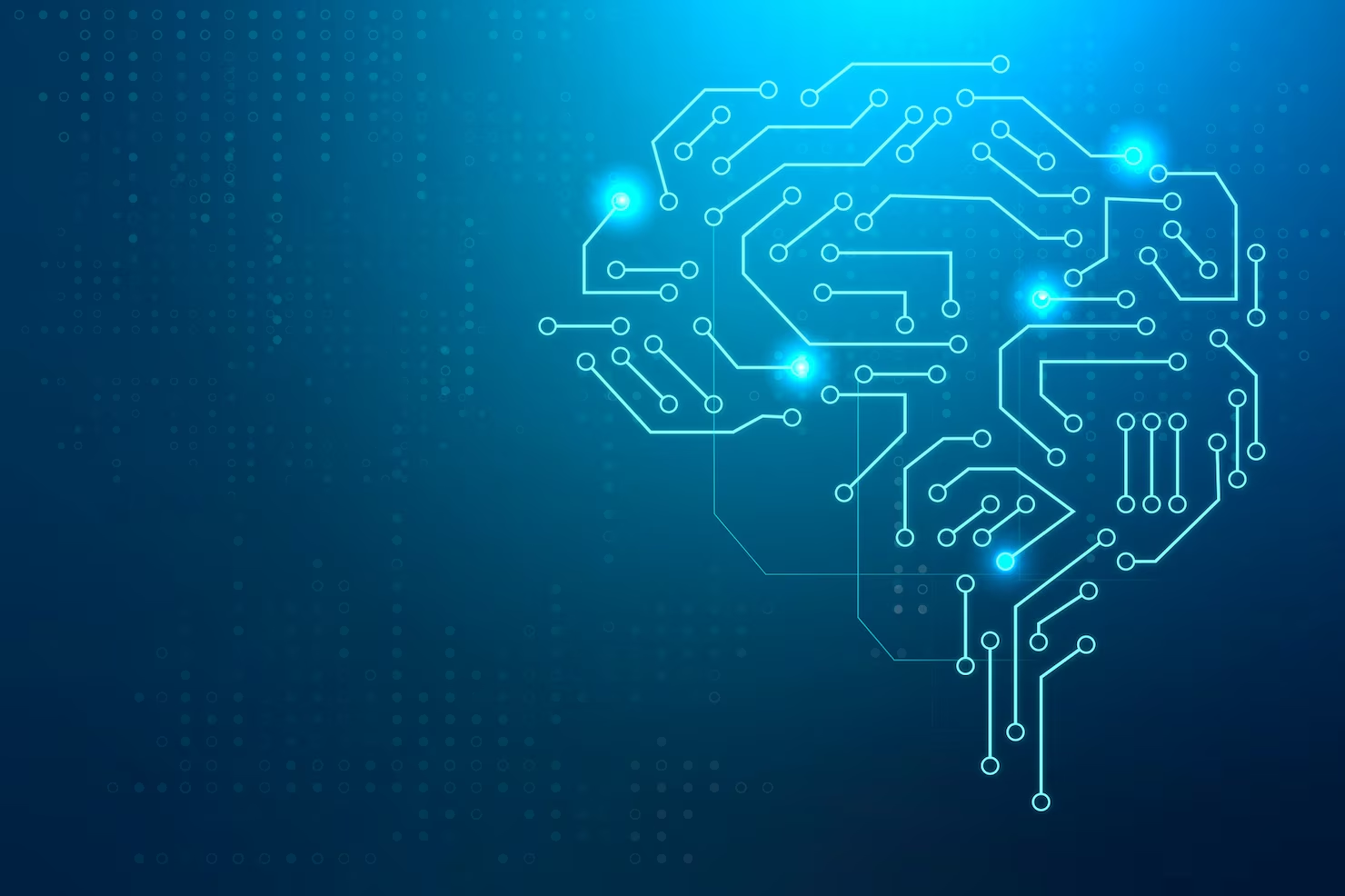Why Are Traditional SIEMs Struggling to Keep Up in the Modern Cloud Era?
More than a decade ago, the authors began their careers in security, facing daunting challenges: enterprises were investing in technologies, people, and processes, yet breaches persisted. For two of the authors, that journey included time at Splunk, where they witnessed firsthand how security teams leaned heavily on SIEM platforms to defend against evolving threats. Across their combined experience, one theme was clear that attackers were moving faster, and defenders were struggling to keep up with the scale and speed of the fight.
Today, organizations generate more data than ever, and the strain is felt most acutely in security operations. Security Information and Event Management (SIEM) platforms, once the backbone of enterprise defense, are showing their age. Originally built for log management, many legacy SIEMs are ill-equipped to handle the scale, complexity, and velocity of modern cloud environments.
The Cost Paradox
Exploding log volumes drive SIEM costs sky-high because “most SIEM vendors charge based on the amount of data ingested; usually gigabytes per day or events per second (EPS),” figures that are “tough to predict,” so actual cost “skyrockets” when usage exceeds the estimates. (Source: SC Media) During incidents, the “pricing paradox” kicks in: “The moment you need full visibility during an incident is often when costs spike the most, [teams] face a tough choice to either accept exorbitant overage fees or suppress logs and lose visibility.” (Source: Seceon Inc)
Operational Inefficiencies
False positives overwhelm analysts and slow response. The SANS 2024 Detection & Response Survey reports “64% of respondents identify false positives as a major issue”, with 42% encountering them frequently driving alert fatigue and distracting teams from real threats. (Source: SANS Institute)
Cloud Complexity
Multi-cloud architectures amplify these problems. Each environment generates massive telemetry streams in different formats, at unprecedented speeds. Legacy SIEMs were never designed to handle this level of diversity, leaving significant visibility gaps.
Rigidity and Lock-In
Legacy stacks and proprietary data models create switching friction. NIST notes “Lack of Portability between SaaS Clouds,” where export/import formats may not be compatible and custom workflows and extensions are provider-specific and “not easily transferable.” NIST makes the same point for PaaS—platform services vary widely, so portability requires extra abstraction and often lands you at the “lowest common denominator” of features. More broadly, workload portability depends on standardized interfaces and data formats; without them, moving between providers is difficult and risky.
A promising counterweight is the Open Cybersecurity Schema Framework (OCSF), which “provides a unified language to…standardize how security data is managed, shared, and analyzed across diverse environments,” aiming to accelerate detection and response while reducing data-model lock-in. (Source: Linux Foundation)
The Path Forward
The conclusion is clear – SIEM remains important, but it’s only one pillar, and modern security teams require platforms that extend beyond security log management. There are new approaches such as the SOC Visibility Triad, a model that explicitly combines SIEM, other tools, and techniques to achieve the visibility needed for modern detection and response.
In parallel, adopting open, vendor-agnostic schemas helps teams normalize data and “work with a common language for threat detection and investigation,” reducing custom plumbing and enabling ML/automation at scale. (Source: Open Cybersecurity Schema Framework)
In an era defined by cloud-native architectures and evolving adversaries, agility and intelligence are the new cornerstones of defense.
Beyond Legacy Limits: What’s Next for Security
Powered by Databricks Data Intelligence for Cybersecurity, Datanimbus and Datasolutec are launching CyberAI to transform enterprise cybersecurity. CyberAI delivers scalable, intelligent threat detection while:
- Significantly reducing SIEM total cost of ownership.
- Eliminating the complexity of long-term log management.
- Simplifying ETL, compliance reporting, and SOC investigations.
- Improving visualization for attack patterns.
- Recommending actions to reduce build time, boost productivity, and accelerate investigations. All without sacrificing governance or performance, and aligned to the dynamic needs of modern enterprises.
Why consider CyberAI?
CyberAI brings the power of Databricks Data Intelligence for Cybersecurity to your SOC by leveraging the platform capabilities for Data and AI, along with one of the most experienced security engineering teams to help transform your security operations. Discover the power of “asking your logs” with features like anomaly detection, continuous learning, predictive intelligence, streaming event processing and faster data analysis.
Impact Summary
Lower TCO and Simple Pricing
- CyberAI on Databricks: Logs stay in your object storage, compute is serverless, pricing is per DBU (actual use).
- Proven 15–60% TCO savings in real deployments.
Automated False Positive Reduction
- Nightly LLM-powered adaptive learning retrains models on fresh data.
- Analysts adjust thresholds via the AI Cockpit (no external pro-services).
- Outcome: Less noise, better prioritization, higher analyst efficiency.
Instantaneous Detection (Sub-Second)
- Lightweight CPU-based threat models enable real-time detection, without GPU overhead.
Accelerated Investigations (Hours → Minutes)
- AI Cockpit surfaces top contributing features and auto-generates MITRE ATT&CK–aligned narratives.
- Analysts go from raw logs → mitigation plans in minutes.
Compliance & Audit Ready
- Write-once Object Lock + Delta Lake time-travel = Immutable records of logs, features, predictions, and analyst actions.
- Out-of-the-box lineage for PCI, SEC, ISO, SOC2 requirements.
AI-Powered Security Content
- Embedded LLM analyzes historical patterns to propose new MITRE-mapped rules and dashboards.
- Analysts approve in one click → codified tribal knowledge at near zero cost.



